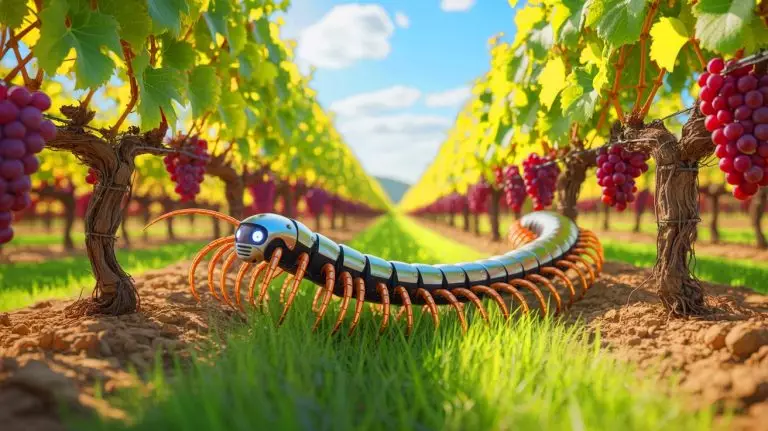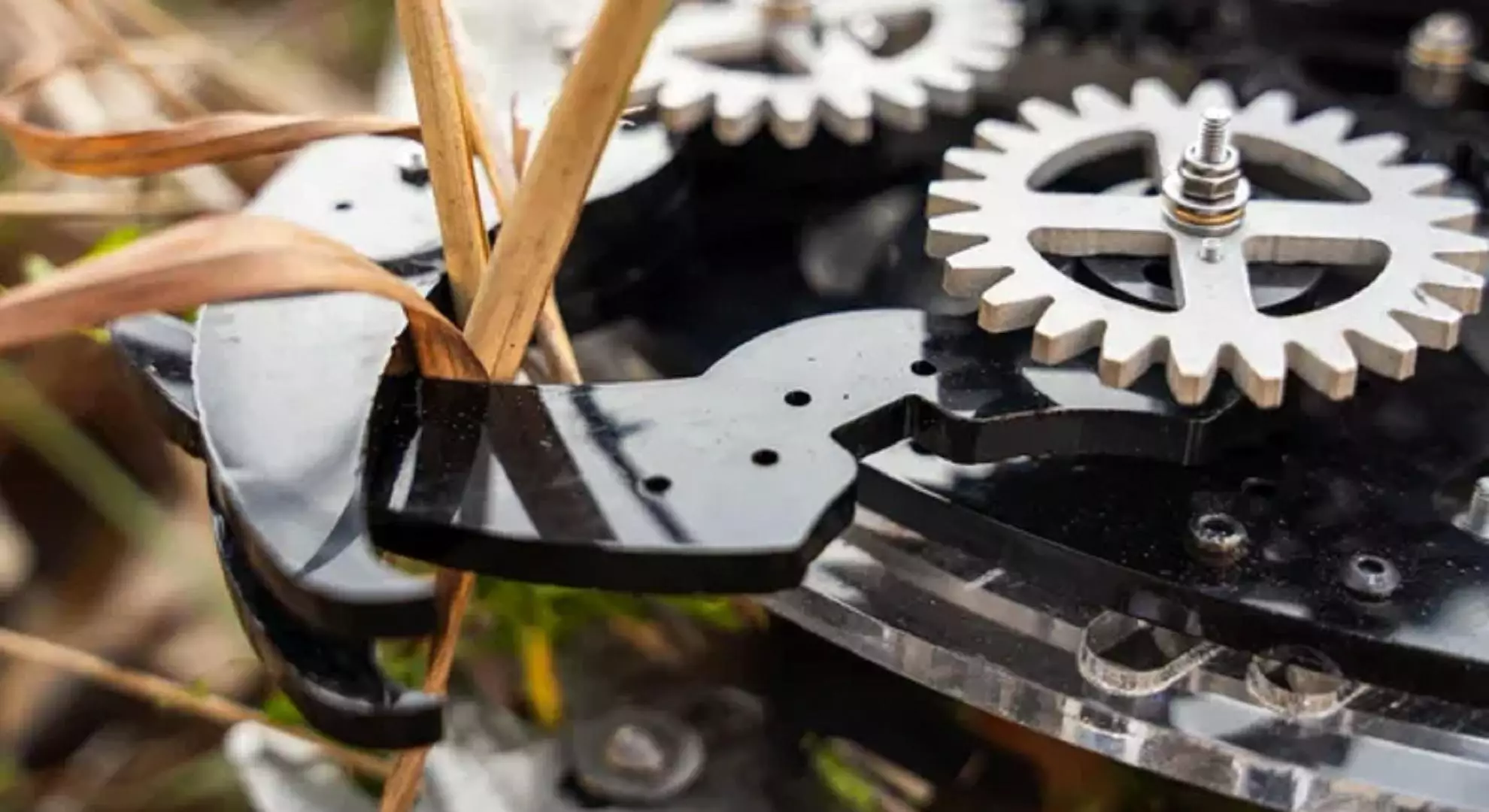| IN A NUTSHELL |
|
The world of agriculture is on the verge of a technological revolution, thanks to an innovative approach by Ground Control Robotics (GCR). This Atlanta-based startup has developed a robotic centipede designed to tackle some of the most challenging issues faced by farmers. By mimicking the natural movements of arthropods, these robots offer a groundbreaking solution for navigating tough terrains and managing weeds without damaging crops. As these robotic centipedes prepare to enter the fields, they promise to transform the way we approach agriculture, offering a glimpse into a future where technology and nature work hand in hand.
Agriculture Gets a Leg Up
In the ever-evolving landscape of agriculture, innovation often stems from nature itself. Ground Control Robotics’ robotic centipedes are a testament to this principle, designed to navigate a variety of environments with ease. Equipped with cable-driven legs that generate a fluid-like thrust, these robots mimic the motion of real arthropods. This unique capability allows them to “swim” through uneven ground, avoiding obstacles and protecting crops.
The robots are engineered to shift actuation from their centerline to the sides using cables, transforming from rigid to flexible modes as needed. This adaptability means they can traverse complex terrains effortlessly, a feat that traditional machines struggle to achieve. As Daniel Goldman from the Complex Rheology and Biomechanics Lab at Georgia Institute of Technology explains, these innovations reduce the need for complex computational systems, allowing the robots to perform efficiently without extensive “brain power.”
Game-Changing Alternative
The introduction of robotic centipedes into agriculture offers a game-changing alternative to traditional methods. With a focus on automating weed control and crop monitoring, these robots provide a solution to the labor-intensive and costly process of manual weeding. Fields with tangled, bushy, or vine-like crops such as blueberries, strawberries, and grapes often pose challenges for conventional machinery. However, GCR’s robots can navigate these environments with minimal disruption.
These robots are anticipated to be significantly more affordable than existing agricultural machinery, with costs projected in the thousand-dollar range. This cost-efficiency is achieved through the use of inexpensive leg modules and mechanical intelligence. As GCR continues to refine their technology, they envision deploying a decentralized swarm of robots capable of operating autonomously, offering farmers a scalable, low-cost solution.
Pilot Programs and Potential Applications
Ground Control Robotics is currently conducting pilot programs with a blueberry grower and a vineyard owner in Georgia. These trials aim to refine the robot’s navigation and sensing capabilities before broader deployment. As the robots demonstrate their effectiveness in these initial tests, the potential applications extend beyond agriculture.
Future scenarios could see these robotic centipedes deployed in disaster relief operations or even military applications. However, as Daniel Goldman points out, different environments may require alternative limb configurations or the ability for limbs to retract entirely, depending on specific operational demands. The versatility of these robots opens up a myriad of possibilities, highlighting their potential as a transformative tool across various sectors.
A Vision for the Future
As we look to the future, the integration of robotic centipedes in agriculture represents a significant leap forward in technological advancement. These robots not only promise to alleviate the labor shortages faced by farmers but also offer a sustainable and efficient approach to weed management. By delivering herbicides directly to weeds or removing them mechanically, they reduce the need for harmful chemicals, supporting environmentally friendly farming practices.
Ground Control Robotics’ vision extends beyond immediate agricultural applications. The company is exploring the potential for these robots to contribute to a range of industries, from disaster relief to military deployments. As the technology continues to evolve, the possibilities are vast and varied. How will these robotic centipedes redefine our approach to farming and beyond, and what other innovations might they inspire?
Did you like it? 4.4/5 (21)








Wow, robotic centipedes! 😲 What’s next, robotic butterflies to pollinate the crops?
How do these robots distinguish between crops and weeds? Seems like a tricky task!
I’m all for innovation, but what about the jobs these robots might replace? 🤔
Thank you for sharing this exciting breakthrough. The future of farming looks promising!
Are these robots solar-powered? I hope they are environmentally friendly!
This sounds like a sci-fi movie plot! When will these robots hit the market?
These robots sound great, but can they handle extreme weather conditions?
What measures are in place to prevent these robots from malfunctioning and damaging crops?
Can I get one for my garden? 😂 Just kidding, but seriously, this tech is cool!